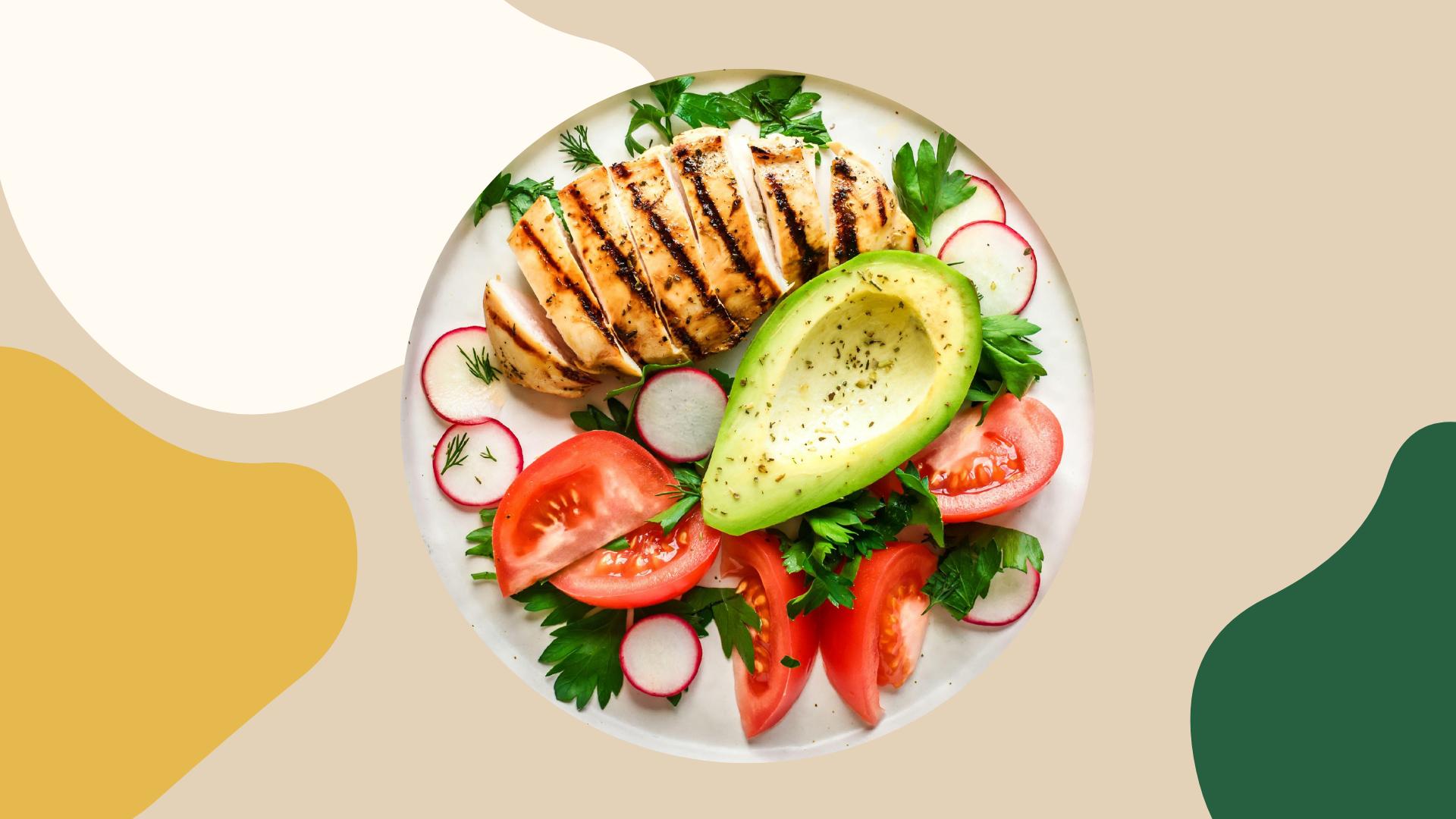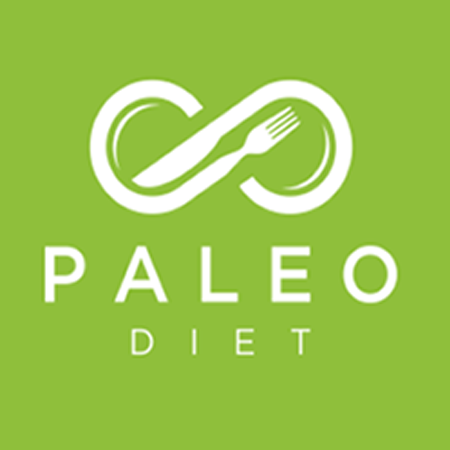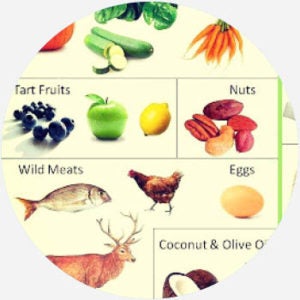
A new study suggests that heart disease is less likely to be caused by a paleo diet. Participants consumed 28 grams of fiber daily and ate mostly nonstarchy vegetables. The average daily carbohydrate intake for the participants was ninety grams. The researchers concluded that the absence of grains contributed to this risk, as they would not have had access to carbohydrates in the form of grains. Instead, the study suggested eating starchy vegetables and tubers, which would have increased their total carbohydrate intake and resistant-starch levels.
Low-carb Paleo diet
There are many myths about low-carb Paleo, including the fact it isn't for everyone. Many of these myths stem from old nutrition and diet myths that still persist in many doctors' offices. The low-carb diet has been shown to be effective for weight loss, but it may not be right for everyone. Before beginning the Paleo lifestyle, it is important you read all about it.
Most people are at risk for vitamin deficiencies and calcium deficiency if they eat a typical paleo diet. In addition, too much saturated and trans fat and protein can increase your chances of getting heart disease and cancer. However, in moderation, the Paleo diet may have a few benefits for those who are at risk for cardiovascular disease. This is why a low-carb Paleo diet might be the best choice for you.

A Paleo low-carb diet is not only beneficial for reducing inflammation. Low-carb diets can reduce blood sugar spikes and increase insulin sensitivity. They are also known to improve gut health and reduce inflammation. For more information, you can read the Low Carb Paleo Diet Study. Remember, weight loss doesn't require you to be Paleo.
Dr. Oz found that carbs should be 45-65% of your daily caloric intake. This means that you will only get 900-1300 calories of carbs per day if your daily intake is 2,000 calories. That is, you will be eating between 225 - 325 grams per day of carbs, which equals about 225 - 300 calories. A low-carbohydrate diet can have very low carbohydrate intake.
A paleo diet is more flexible than a ketogenic diet. Paleo encourages eating more fruit, vegetables, lean proteins, rather than restricting carbs. It is easier to stick to a Paleo diet that is low in carbs if you are familiar with what you are eating. You'll be less likely get frustrated by your diet and your body. You will be less stressed and can lose weight easier.
High-protein Paleo diet
Paleo fans often ask what a high-protein diet is. It is important to be aware of the limitations before you attempt this diet. The upper limit on protein intake is around 30% of total calories. But, this is a limit, and not an absolute. High-protein diets still have to consume carbohydrates and fat. You are more likely to gain weight if you eat more protein.

The body can absorb proteins from meat and dairy easily because they are bioavailable. However, animal protein is more readily absorbed than plant-based ones. Beef protein is particularly well absorbed since it has been predigested. Beef protein comes from hormone-free, antibiotic free cows in Sweden. Hydrolyzed beef protein is also easier to digest and absorb.
Cost is one reason people have difficulty sticking to a study plan. Protein is often more costly than fats or carbohydrates. It is often difficult to adhere to a diet due the social factors such as being uncomfortable in public places or not wanting to make a good impression. You can still eat Paleo, but there are ways to lower your costs. You can also eat out if you feel the need. There are many options to help you manage your cravings and keep you motivated. There are many options to help you stay on track while not feeling guilty. These issues are covered in more detail on the index page.
There are many health benefits to the high-protein, low-carbohydrate paleo diet. While the diet has a lower sugar content and carbohydrate, these effects may not be statistically significant. A study that examined blood pressure found statistically significant decreases in diastolic pressure among paleo-diet participants. The studies involved nine to 29 participants over a 10-day period. They also included a 12-week follow-up.
FAQ
What should a novice cook do first?
Start cooking something simple, such as pasta, rice, soup. Learn how to cook with a recipe book, YouTube video or other resources. Cooking is fun when you do it with someone else. You can cook together as a family or with friends.
Do I have to learn how to cook with my children?
Yes! Children love to help in the kitchen. It's a fun activity that teaches them responsibility and teamwork. From washing vegetables to chopping onion, children can help. If your children follow safe practices when handling knives, they will enjoy helping you cook.
How can I cook like a professional?
Cooking is a great way to improve your life. Being able to cook healthy food is a great skill to improve self-confidence. Start cooking at home if you want to learn how to cook. Finding out your favorite recipes is the first step. Next, study books about different foods like Chinese, Mexican and Italian. Finally, you can practice cooking different dishes until your skills are perfect.
Statistics
- On average, chefs earn $58,740 a year, according to the BLS. - learnhowtobecome.org
- According to the BLS, chefs earn $58,740 a year. (learnhowtobecome.org)
- under 10 Kids have been taught that there is special food just for them, and Fiese says that 10 percent of kids will throw a tantrum if they don't get the food they want. (washingtonpost.com)
External Links
How To
How to be a chef
A career path for chefs is one of the most interesting careers you could choose. This job requires a lot knowledge and skills. It can be difficult to determine what job is best for you. If you're looking to get started immediately, there are many avenues to explore. There are many options for you to work in restaurants, hotels, catering businesses, or take cooking classes. To make the decision easier, we've prepared some useful tips on becoming a chef.
-
Learn how to cook!
Cooking is something everyone should learn at least once in their life. It doesn't matter if your knowledge of food is limited, you can learn how to make it. Many recipes can be found online, and many are easy to follow. You should not rush learning new skills. Enjoy every step and take your time.
-
Earn a degree
If your goal is to be a professional chef you should pursue a culinary arts degree. You will develop your own taste and style while learning valuable knowledge. Culinary schools offer many courses, including baking, pastry, meat cutting, and more. Students are required to stay in class for several years before graduating. However, if you really wish to become a chef you need to think twice about choosing any school.
-
Work in a restaurant
Working in a restaurant is probably the easiest way to enter the world of chefs. Because they have the opportunity to gain practical experience, most people decide to become chefs. Restaurants always look for qualified staff, especially those who have worked in other fields. If you're looking to be a chef, it is worth applying for job opportunities in restaurants.